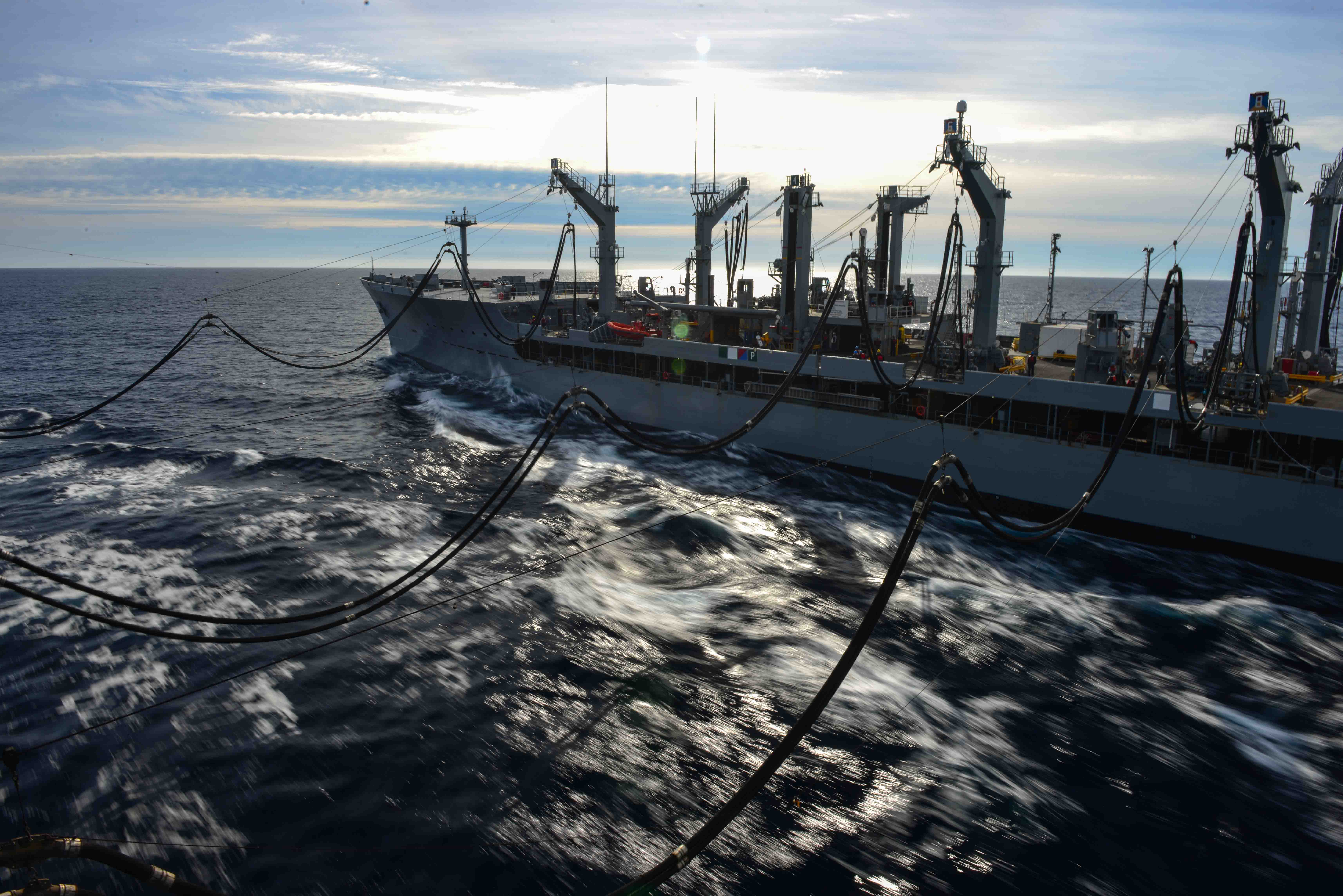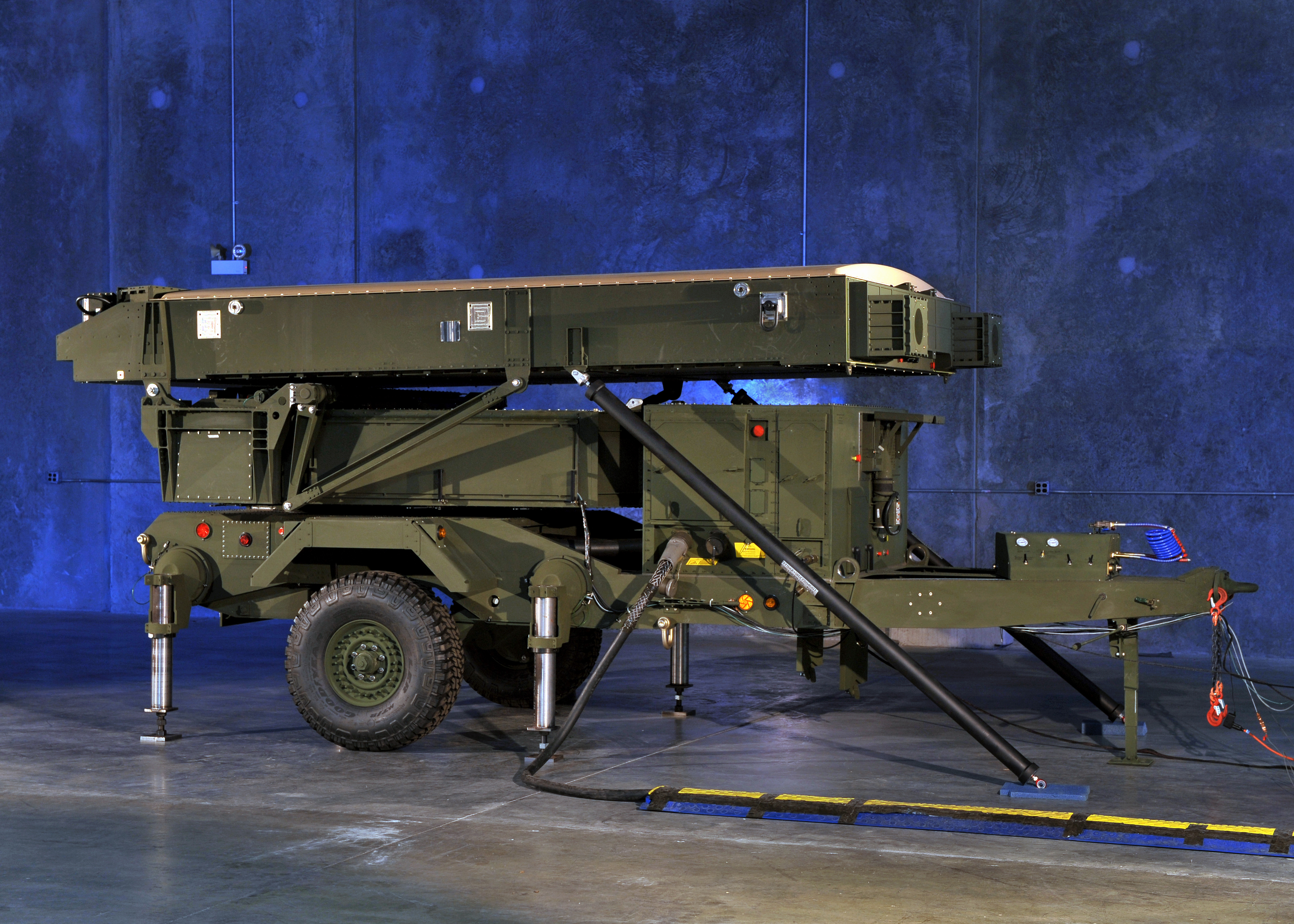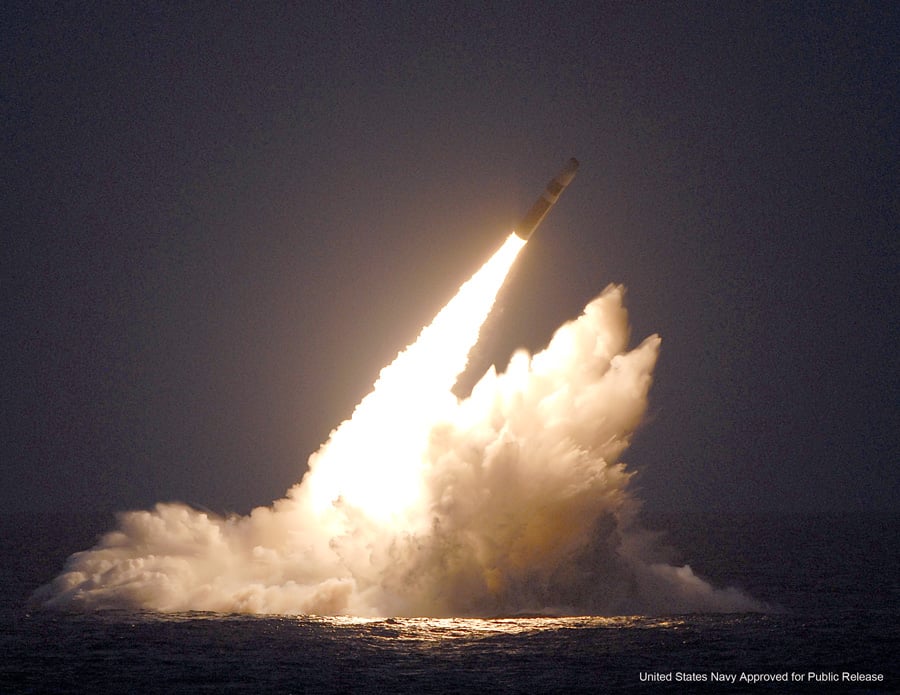
The Defense Department released a Compendium of Annual Program Manager Assessments for 2015, on Monday which included short memos from various program managers discussing program status and risk to maintaining cost, schedule and performance.
The assessments were submitted in March and therefore do not reflect the most recent programmatic accomplishments, but they highlight some ongoing contracting and program management challenges the Navy faces in its portfolio.
MQ-8C Fire Scout
The Fire Scout program has emerged from a reorganization as “a more stable and executable program,” program manager Capt. Jeff Dodge wrote in his letter to Kendall, but concerns remain on contracting and shipboard integration.
“My primary concern in the MQ-8C development program is the availability of a ship to support IOT&E (initial operational test and evaluation),” Dodge wrote.
“Since MQ-8C is currently only planned to deploy on [Littoral Combat Ships], that class is needed to support IOT&E. Current pressures on LCS schedules have made ship availability difficult. While we are working well with the Fleet and [Program Executive Office for LCS], I expect that IOT&E will be delayed from its planned Q4 FY 2015-Q1 FY 2016. At this time I do not expect major perturbations in [milestone] C or IOC (initial operational capability) dates.”
Dodge also wrote that, as the program continues forward in procurement, shortages within Naval Air Systems Command of procuring contracting officers and contract specialists “have put us behind in contract awards and make it difficult to get sufficient contract input early in the procurement planning process,” Dodge wrote.
“A second staffing concern is in program management. While current staffing is sufficient, continued pressure on government and [contract support services] manning levels makes me concerned that we will lose some of the billets needed to properly plan and monitor execution of our procurements.”
T-AO(X)

The replacement for the T-AO fleet replenishment oilers, T-AO(X), “is a non-developmental, commercial-based, acquisition program that is assessed as low risk,” acting program manager Michael Kosar wrote in the report. However, the contract for the new oilers was wrapped into a larger contract that includes the newest amphibious assault ship and a new class of amphibious dock landing ships, which has introduced “the potential for delay in meeting our contract award schedule.”
“The current Acquisition Strategy (AS) reflecting a combined solicitation and limited competition approach for T-AO(X) and LHA 8 ship procurement and engineering support for LX(R) is very innovative. I fully support it, as I believe it will stabilize the industrial base, leverage competition, and drive affordability into our programs,” Kosar wrote.
“However, it has not been approved to date. Delay in approving the AS is impacting RFP (request for proposals) release and supporting activities, including completion of DPAP (Defense Procurement and Acquisition Policy) review, approval of Class Justification & Approval (CJ&A), and approval of detailed Acquisition Plans.”
The strategy was eventually approved and the RFP released in July, but Kosar warned in March that the program needed to award its detailed design and construction contract on time in Fiscal Year 2016 or risk “program vulnerability to budget cuts.”
G/ATOR

Ground/Air Task Oriented Radar (G/ATOR) Program Manager John Karlovich wrote in his report to Kendall that acquisition is on track to support reaching IOC by FY 2018, but he is concerned about the upcoming test program and still has some software challenges to address.
“We have figured out the complex and difficult stuff – ambient air-cooled AESA that incorporates digital beamforming and distributed waveform generators to provide state-of-the-art sub-clutter visibility while meeting the expeditionary requirements of the USMC, all in a single common materiel solution,” he wrote.
“The hardware works, we have demonstrated our [key performance parameters], and are working off the relatively minor (though important to fix) issues that are common to any complex system that is a first of its kind.”
However, he wrote that “the software is not where it needs to be” and later clarified that “the technically challenging and critical signal processing, tracking, and real-time software is fundamentally sound with typical problems associated with birthing a new radar system.”
Karlovich wrote that his highest priority in procurement now is the Block 2 upgrade to add Counterfire and Target Acquisition capability to the existing Block 1 Air Defense and Air Surveillance mission set.
The Marines and contractor Northrop Grumman are also moving from Gallium Arsenide to Gallium Nitride in the transmit/receive modules. Karlovich wrote that the module and its power supply “are where they need to be from a reliability, producibility, and affordability perspective,” but the program will continue with follow-on efforts to further reduce risk.
A lingering concern for the program is its test plan, Karlovich wrote. The G/ATOR program is hoping to develop a test plan that supports using the Gallium Arsenide-based radars for IOC and then switching to the Gallium Nitride-based radars for developmental test and initial operational test and evaluation. The test plan was due to Navy acquisition chief Sean Stackley last month, but Karlovich wrote in March about his concern “that [operational test] is becoming more [developmental test]-like, and getting consensus on how to maximize all the data available to inform the scope of the operational test is still a work in progress.”
Trident II (D-5) Sea-Launched Ballistic Missile UGM 133A

Director of Strategic Systems Programs Vice Adm. Terry Benedict wrote that the sea-launched missile is “technically sound, on schedule, but resource challenged.”
“My resource concerns stem from the continual generic adjustments that do not recognize or take into consideration my unique technology requirements: reentry materials, stellar inertial guidance, strategic propulsion and nuclear radiation hardness,” he wrote.
“Nuclear assets cannot be managed in the same manner as tactical assets. Yet, ‘the system’ constantly attempts to budget and control them in the same manner. I attribute these actions to the constantly decaying experience of those who have directly dealt with nuclear assets in their careers.”
Benedict explained that he continuously experiences a “loss of buying power” because aerospace industry inflation rates are higher than defense industry inflation rates, which is not taken into account in the defense budgeting process.
“I continually take actions to address this gap, but I am consistently falling behind the curve,” he wrote.
“I spent a significant amount of time this past year working with the Nuclear Deterrence Enterprise Review (NDER) teams, explaining why aerospace industry inflation rates run
3 percent to 4 percent higher than generic DoD inflation rates. I was fortunate enough to convince the CAPE (Cost Assessment and Program Evaluation) and the NDER team to add a total of $85 million across the [Future Years Defense Program] to my operational and engineering support (OES) effort. OES is the industrial engineering support that allows me, the Program Manager, to continue to certify and maintain the weapons system as safe, reliable, and accurate. Unfortunately, this additional funding did not even survive the first round of OSD reviews, as $54 million of the $85 million was reduced from the program baseline,” Benedict wrote.
“The inflation adjustment was directed as a 0.3 percent adjustment, but after protected programs were exempted, the reduction resulted in a 1 percent program reduction to [Strategic Systems Programs]. I am currently in the process of trying to secure inflation categories directly associated with the unique aerospace industry so that I will not be subjected to the generic inflation reductions in the future.”
Despite the budgeting challenges, Benedict wrote that, “from an operational perspective, TRIDENT II (D5) has achieved an unprecedented level of sustained operational readiness and reliability.”





